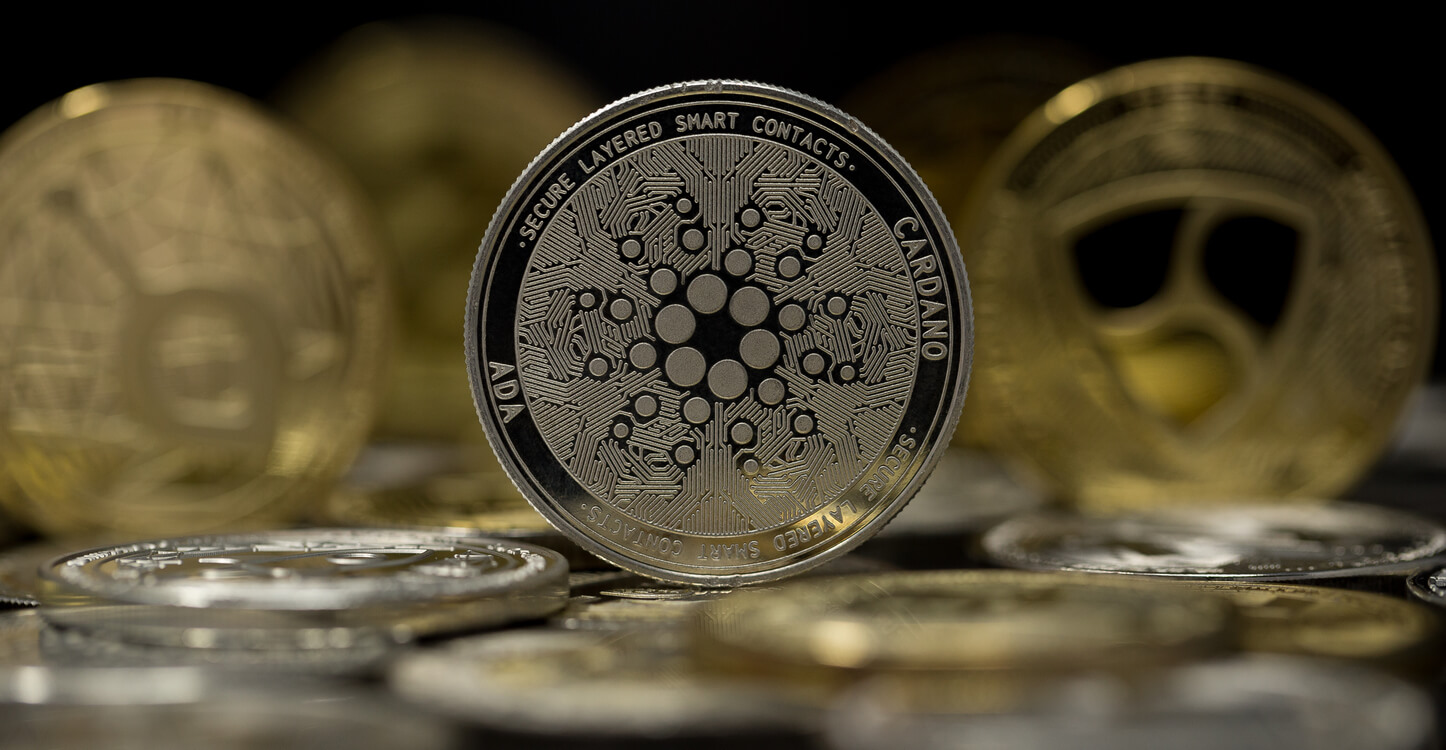Here’s What to Expect from Cardano’s Upcoming Upgrade
16.10.2024 10:00 1 min. read Alexander Zdravkov
Charles Hoskinson, founder of Cardano, recently discussed a potential network upgrade following the launch of the Ouroboros Peras protocol.
He acknowledged that this upgrade is overdue and would significantly enhance the Cardano network.
Hoskinson indicated that developers might prioritize an upgrade related to validation zones after the Peras upgrade, aligning with Cardano developer Andrew Westberg’s views. Westberg described the Cardano Improvement Proposal (CIP) as an “elegant solution” to ongoing challenges, introducing composability and ‘Babel Fees’ to the network.
This proposal aims to refine the efficiency of the eUTXO model and make adjustments to validation zones, which facilitate specific types of transactions.
This proposal comes after Hoskinson defended Cardano against recent criticism, asserting that the transition to the Voltaire era would address long-standing issues. Critics, he believes, often misunderstand the blockchain’s development trajectory.
The Ouroboros Peras protocol, according to Input Output, is an advancement of the Ouroboros Praos protocol that minimizes transaction reversal risks. It employs stake-based voting to enhance the significance of blocks agreed upon by the majority of stake pool operators (SPOs), modifying the chain selection rule to favor the heaviest chain.
Hoskinson also praised the Peras release as “one of the best-prototyped protocols,” highlighting its role in scaling the Cardano network effectively.
-
1
Canton Network Developer Secures $135M to Expand Institutional Blockchain Use
25.06.2025 12:00 1 min. read -
2
Coinbase Brings Cardano and Litecoin to DeFi via New Wrapped Tokens on Base
26.06.2025 18:00 1 min. read -
3
XRP Ledger Sees Sharp Drop in Activity as Key Network Metrics Tumble
26.06.2025 19:00 1 min. read -
4
Top 10 DeFi Projects by Development This Month
28.06.2025 20:00 1 min. read -
5
XRP Ledger Deploys EVM-Compatible Sidechain to Expand Multichain Utility
30.06.2025 21:00 2 min. read
Top 10 blockchains by transaction volume in June 2025
New data highlights a dramatic lead for Solana in blockchain activity for June 2025. According to the figures, Solana processed a staggering 2.98 billion transactions, far outpacing all other chains in the ecosystem.
Top 10 AI and Big Data Crypto Projects by Development Activity
According to new insights from market intelligence platform Santiment, development activity in the crypto sector’s AI and Big Data segment remains strong, with several major projects showing notable GitHub activity over the past 30 days.
XRP Ledger Deploys EVM-Compatible Sidechain to Expand Multichain Utility
The XRP Ledger (XRPL) has officially launched its Ethereum Virtual Machine (EVM) sidechain on mainnet — marking a major milestone in its effort to bridge XRP’s payment efficiency with Ethereum’s smart contract capabilities.
What the U.S. Blockchain Act Means for Crypto’s Future
The U.S. House of Representatives has taken a major step toward digital asset regulation by passing the Deploying American Blockchains Act of 2025.
-
1
Canton Network Developer Secures $135M to Expand Institutional Blockchain Use
25.06.2025 12:00 1 min. read -
2
Coinbase Brings Cardano and Litecoin to DeFi via New Wrapped Tokens on Base
26.06.2025 18:00 1 min. read -
3
XRP Ledger Sees Sharp Drop in Activity as Key Network Metrics Tumble
26.06.2025 19:00 1 min. read -
4
Top 10 DeFi Projects by Development This Month
28.06.2025 20:00 1 min. read -
5
XRP Ledger Deploys EVM-Compatible Sidechain to Expand Multichain Utility
30.06.2025 21:00 2 min. read


